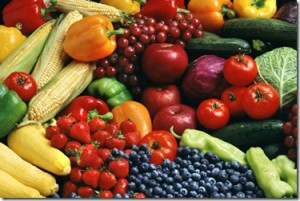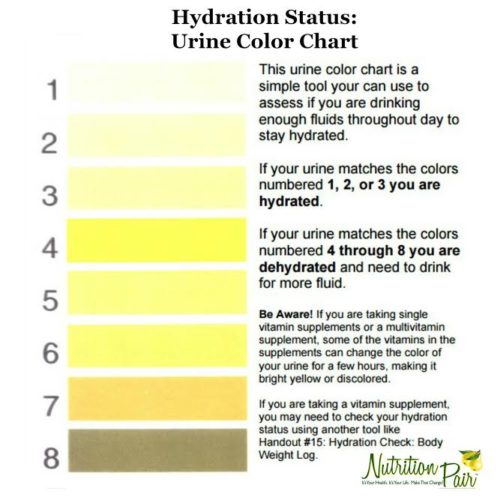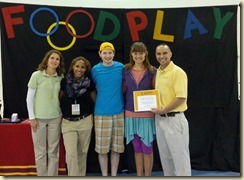 Many schemes promise quick ways to get rich, regrow hair, eliminate wrinkles or lose weight. While we wish we could say it was easy, changing behaviors to get healthier requires time, effort and sacrifice. At Nutrition Pair, we don’t believe in the fad diet approach. We work with you to help you discover your path to wellness. It’s not a one-time thing. Most clients we work with are seen at least on a monthly basis. We have found that this approach works best when clients are trying to change behaviors. There is no failure. If you can learn something new from each experience, you have not failed. This is true even if you have not reached your goals. Like plants, it takes time to grow new habits.
Many schemes promise quick ways to get rich, regrow hair, eliminate wrinkles or lose weight. While we wish we could say it was easy, changing behaviors to get healthier requires time, effort and sacrifice. At Nutrition Pair, we don’t believe in the fad diet approach. We work with you to help you discover your path to wellness. It’s not a one-time thing. Most clients we work with are seen at least on a monthly basis. We have found that this approach works best when clients are trying to change behaviors. There is no failure. If you can learn something new from each experience, you have not failed. This is true even if you have not reached your goals. Like plants, it takes time to grow new habits.
Setting up clear expectations is an important step in the change process. Remember, we are here to support you, cheer you on, and to hold you accountable as you find your way. We provide education, if necessary, and with your approval. You are the most important member of the team. Without your input, it will be difficult to help you grow.
If you desire a health change and are having a hard time figuring out where to start, contact us. We will be more than happy to help you plant the seeds of change, nourish their growth and remove unwanted behaviors blocking your path. Reach us at 252-335-WELL or visit us at www.NutritionPair.com. Meetings can be conducted face-to-face in our Elizabeth City office (across from the YMCA), via phone or via our HIPAA-compliant telehealth platform. We are BCBS, Medicare & United providers.
To help you get started, we urge you to download our free e-book designed for those looking for ways to improve their diet, especially for those trying to prevent or better manage diabetes! Find it here: nutritionpair.com/7-diet-hacks.
By Angie & John Lamberson, Registered Dietitians, Certified Diabetes Educators & Integrative Health Coaches
Nutrition Pair, LLC
It’s Your Health. It’s Your Life. Make That Change!


 To maximize your youth athlete’s performance in the classroom AND on the field, it is important to pay attention to the foods we eat. Proper fueling and nutrition can help them feel better, be more alert and learn more. During competition, adequate nutrition can help your child athlete stay injury free or recover quicker if injured. Good nutrition does not have an off-season. To get the most benefit, you need to start now and continue throughout the year. Remember, you set the example for your family!
To maximize your youth athlete’s performance in the classroom AND on the field, it is important to pay attention to the foods we eat. Proper fueling and nutrition can help them feel better, be more alert and learn more. During competition, adequate nutrition can help your child athlete stay injury free or recover quicker if injured. Good nutrition does not have an off-season. To get the most benefit, you need to start now and continue throughout the year. Remember, you set the example for your family!


